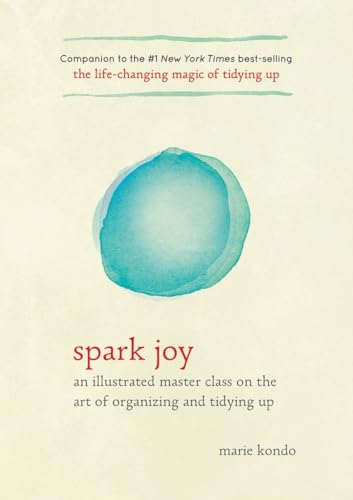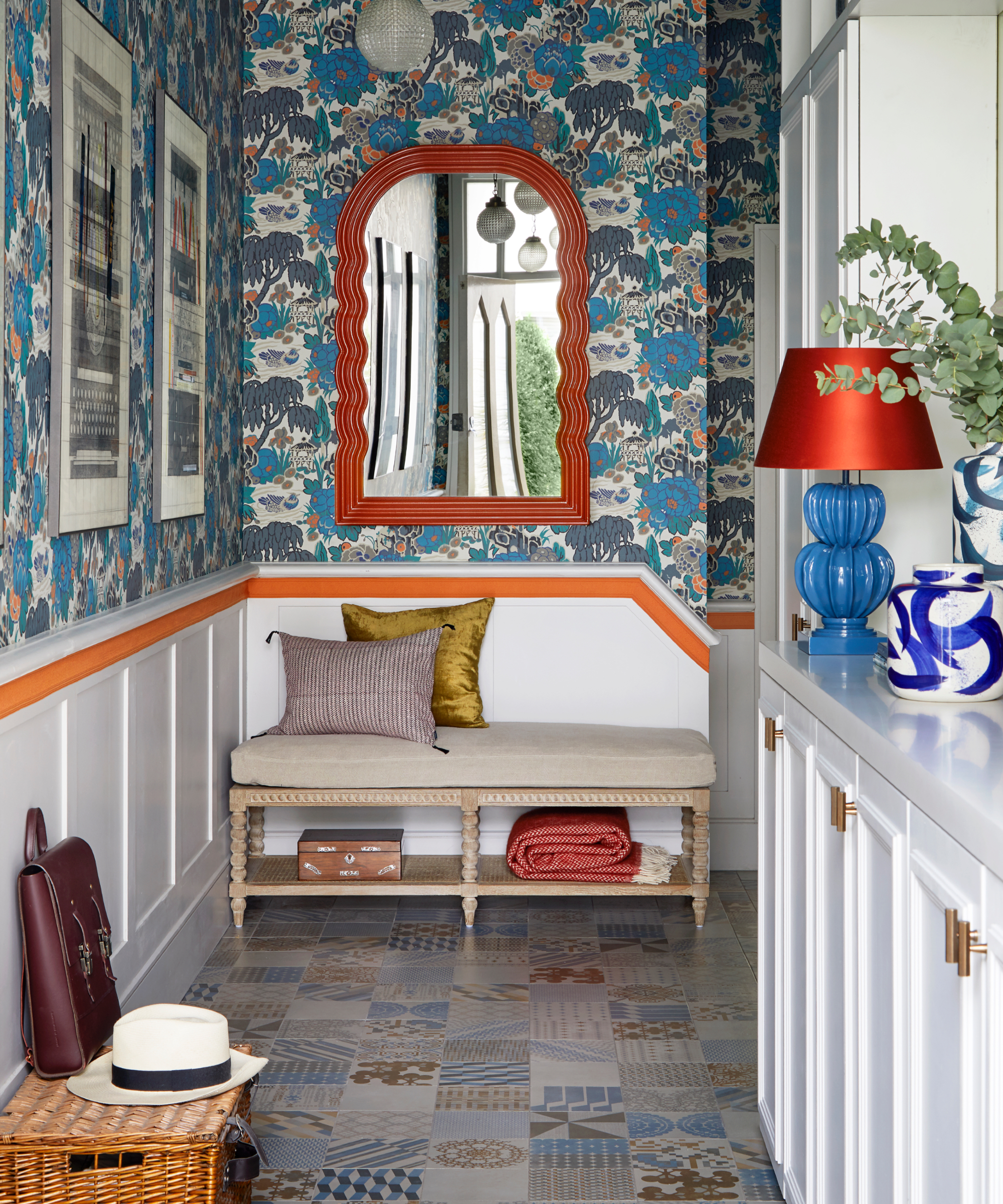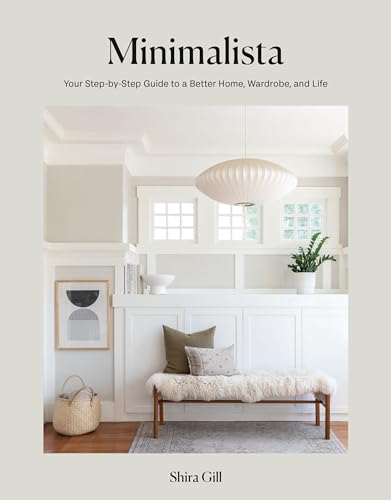
While many decluttering rules are helpful, they can also feel rigid and guilt-inducing. With home organization being deeply personal, the best systems are the ones that work for you. That's why as a professional home organizer, I urge you to break these five decluttering rules and cut yourself some slack.
While some task structure helps make decluttering easier, not every decluttering rule is set in stone. They can be modified to suit your lifestyle, while others can be ignored entirely. The key is understanding the reasoning behind each and determining for yourself whether it truly serves your needs or creates unnecessary pressure.
If you've ever felt frustrated by rigid advice, you’re not alone, which is why I’m sharing five common decluttering rules you can absolutely break – without guilt – and easily create a home that’s uncluttered.
The 5 decluttering rules you can break
1. The ‘One-Year’ rule
One of the most common ones states that if you haven’t used something in a year, it should be discarded. While this decluttering method helps some people let go of unnecessary clutter, it doesn’t account for seasonal items, special-occasion pieces, or sentimental belongings.
That winter coat you didn’t wear last year? You might need it this season, especially if the weather shifts unexpectedly. It may not be an everyday staple, but having it on hand and organizing clothes effectively saves you from last-minute shopping stress.
Even hobby-related items, such as skiing gear or camping supplies, might not see frequent use but still hold value for your lifestyle. Instead of rigidly sticking to the one-year rule, consider each item’s practicality, emotional value, and likelihood of future use—sometimes, keeping an item makes more sense than letting it go.
Value-based decluttering is an excellent way to figure out what's important to you and whether it's worth keeping space for in your home.
2. The ‘Everything must spark joy’ rule

World-famous decluttering pro Marie Kondo's famous advice to keep only items that “spark joy” has helped many people re-evaluate their belongings, but it doesn’t work for everyone. Not every household item will make your heart flutter, and that’s okay.
Practical, necessary items – such as cleaning supplies, important paperwork, and kitchen utensils – may not spark joy, but they serve a vital purpose.
For example, a can opener from Amazon may not make you smile, but you’ll certainly appreciate having it when you need it. Similarly, sentimental items that don’t bring immediate joy – such as old letters, children’s artwork, or antique furniture with a family story behind it – may still hold deep personal meaning.
Instead of focusing solely on joy, ask yourself whether an item makes your life easier, connects you to meaningful memories, or contributes to your well-being in a lasting way.
This will make it easier to declutter sentimental items without guilt.

Marie Kondo is a New York Times Bestselling author, with this book providing guidance and structure to declutter your home once and for all.
3. The ‘Declutter everything before organizing’ rule

Many people believe that you should declutter everything before implementing any organizing systems. While it’s true that you don’t want to organize clutter, this approach can make decluttering feel overwhelming and even discourage the entire process.
Some people find that organizing first by grouping similar items together, or using storage solutions such as the stackable foldable storage bins from Wayfair actually makes it easier to identify what’s unnecessary.
By seeing how much space certain items take up, you may naturally feel inclined to let go of excess.
Additionally, seeking out home organizing ideas first can provide an immediate sense of accomplishment, motivating you to continue. If you feel paralyzed by decluttering, try a hybrid approach. Organize as you go, making decisions along the way about what stays and what goes, rather than forcing yourself into an all-or-nothing mindset.
4. The ‘Minimalist Ideal’ rule
Minimalism has been glorified in the world of organization, but a sparse home isn’t the goal for everyone. While some thrive in clean, minimalist decor, others find comfort and inspiration in a home filled with books, décor, or sentimental items. The key is balance. That's why it's possible to avoid clutter while still surrounding yourself with things that bring you happiness or serve a practical purpose. Instead of striving for minimalism, aim for intentionality.
Keep what adds value to your life, whether that means a curated book collection that fuels your passion for reading and keeps your reading nook feeling magical, a well-stocked kitchen that supports your love of cooking, or a cozy array of personal mementos that remind you of cherished memories, Your home should reflect your needs, personality, and lifestyle.

Rated 4.8 out of 5 by customers, the Miniamlista guide aims to trim your belongings, and transform your life, one room at a time, written by professional organizing expert, Shira Gill.
5. The ‘Do It All At Once’ rule
There’s a common belief that decluttering should be tackled in one big session, often over a weekend or even a single day. While this works for some, it can be overwhelming for others, leading to decision fatigue and frustration before real progress is made.
If the thought of an all-day decluttering marathon makes you anxious, try a different decluttering method and break the process into smaller, manageable chunks.
Declutter one room, one category, or even just one drawer at a time, and make use of helpful lists such as our kitchen decluttering checklist. You can also set a timer for 15 or 30 minutes to make steady progress without feeling drained.
Consistency, not speed, is what will help you implement easy habits for a clutter-free home, and by taking small but intentional steps, you’re more likely to maintain an organized space in the long run.

Rated 4.7 out of 5 from over 14,000 ratings, the Home Edit book is an accessible, room-by-room guide to establishing new order in your home, as seen in the original Netflix series.
Meet our expert
Now those have gone out of the window and given you some breathing room, here are the cleaning rules you should break too.







